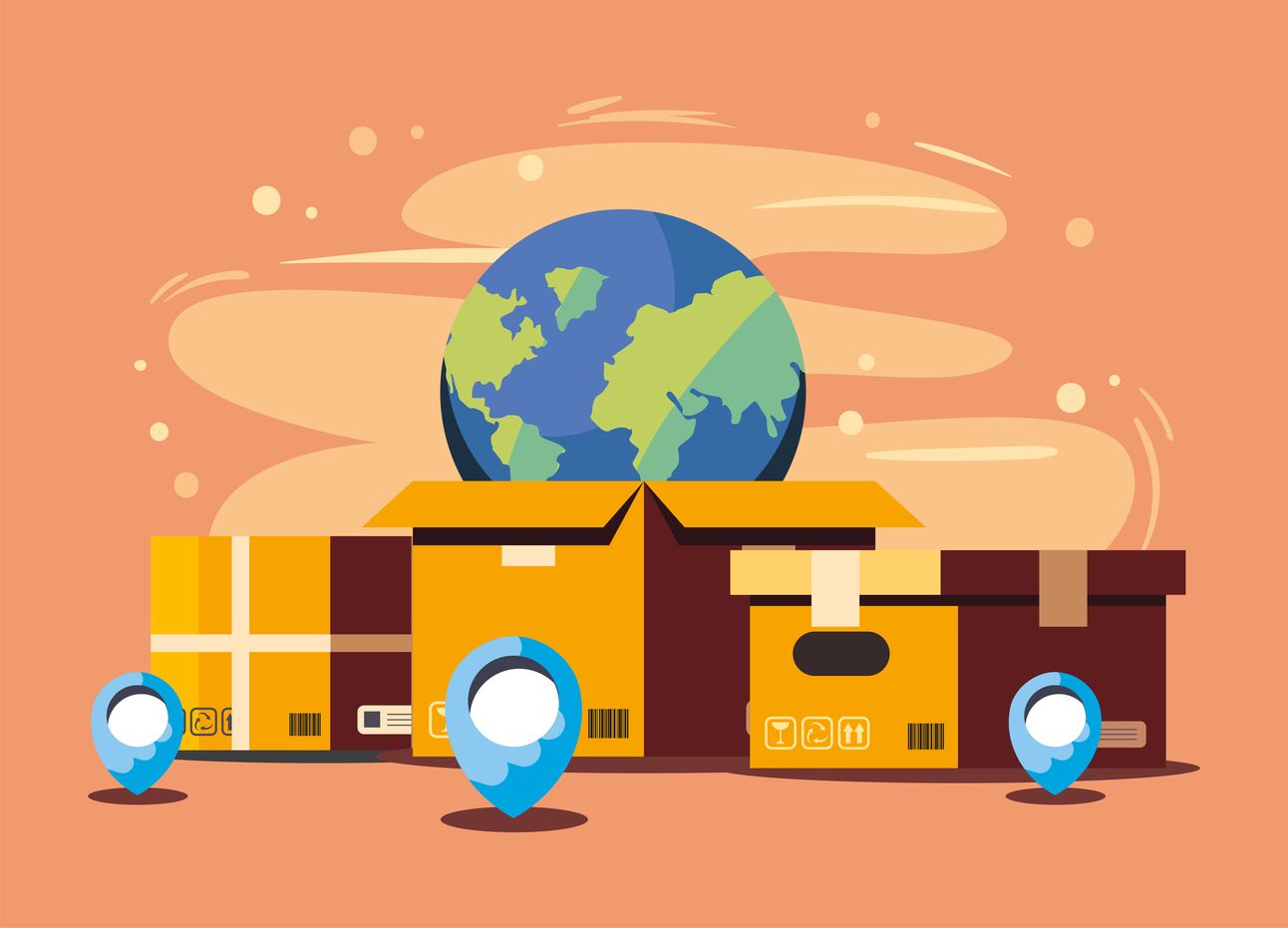The explosion of online shopping during the pandemic has fueled a parallel boom - in product returns. As consumers became accustomed to the convenience and flexibility of e-commerce, they also grew more comfortable liberally using return policies. In fact, the global e-commerce returns rate now hovers around 20-25%.
This avalanche of returned goods has created a lucrative new frontier for so-called "reverse logistics" - the supply chain processes and technologies for handling product takeback, repair, resale, and recycling. In the U.S. alone, the reverse logistics industry has grown 25% since 2020, now representing a $300 billion market opportunity.

Venture capitalists have taken notice, pumping nearly $200 million into reverse logistics startups just last year - over 2.5x the amount in 2021. This influx of funding is fueling the development of new technologies and business models to streamline the returns process for retailers and consumers.
Cracking Down on Lenient Return Policies
As the financial burden of managing returns mounts, significant retailers are implementing more stringent policies to curb abuse and fraud. Walmart, Target, and other big-box stores have slashed their return windows, with some now only allowing 60-90 days compared to the previous 90-120 days. This is an effort to curb serial returners who exploit generous policies.
Amazon has expanded its "return authorized" program, requiring customers to get approval before sending back certain items like consumer electronics. This helps the e-commerce giant better control the flow of returns into its reverse supply chain.
Apparel retailers like Zara and H&M have started charging restocking fees of up to 30% on returns, aiming to disincentivize frivolous returns that eat into their profits. These fees make customers more deliberate about their purchases.
Retailers are getting more aggressive in policing returns as they grapple with the financial burden, ranging from processing costs to lost revenue on resold items. By tightening return windows and imposing fees, they hope to prompt consumers to be more cautious about purchasing they may want to return.
The Rise of "Recommerce" Platforms
To capture value from the avalanche of returns, a new breed of "recommerce" platforms has emerged to resell, refurbish, and recycle unwanted products. Companies like ThredUp and Poshmark allow consumers to buy and sell secondhand apparel and accessories, giving a second life to gently used items. Meanwhile, B2B providers like Optoro and Liquidity Services help retailers efficiently process, resell, and recycle returned and excess inventory that would otherwise end up in landfills.
In the luxury space, specialist platforms like The RealReal and Rebag are tapping into the growing consumer appetite for pre-owned premium products, reselling designer handbags, jewellery, and other high-end goods. These recommerce models are unlocking new revenue streams from what would otherwise be waste, creating a more sustainable retail ecosystem.
Emerging Markets Represent New Frontiers
While the U.S. and Europe have led the reverse logistics charge, emerging markets like Latin America are also seeing rapid growth. In Brazil, the returns rate for e-commerce purchases is around 30% - higher than the global average. This elevated returns volume drives demand for better reverse logistics infrastructure and services.
Startups like Liber in Brazil and Olist in Mexico have raised funding to build localized reverse logistics solutions tailored to the Latin American market. Established retailers also partner with local logistics providers to improve their returns handling capabilities, recognizing it as a critical differentiator in a competitive e-commerce landscape.
As online shopping accelerates in Latin America, the region represents a promising new frontier for innovative reverse logistics solutions to capture value from the surge in product returns. Companies that can effectively navigate the nuances of local markets stand to gain a significant advantage.
The Environmental Opportunity in Responsible Returns
While returns have long been viewed as a cost centre, a growing focus on sustainability is reframing reverse logistics as an environmental opportunity. Studies show that up to 25% of returned items are in landfills, representing significant waste. This underscores the urgent need for more sustainable returns management practices.
Reverse logistics providers invest in technologies and processes to repair, refurbish, and resell returned products, reducing the environmental footprint compared to outright disposal. Consumers, especially younger generations, are increasingly factoring a company's returns and sustainability practices into their purchasing decisions.
Businesses that embrace responsible returns management as part of their broader environmental, social, and governance (E.S.G.) strategy can reduce waste and appeal to the growing cohort of conscious consumers who demand greener retail experiences. Positioning reverse logistics as a sustainability-driven value proposition may become a competitive edge as environmental consciousness continues to shape buying behaviour.
The Road Ahead for Reverse Logistics
The explosive growth in online shopping during the pandemic has undoubtedly fueled the boom in product returns. But the reverse logistics industry's rise also speaks to broader trends reshaping the retail landscape: the proliferation of e-commerce has fundamentally changed consumer purchasing and returns habits, creating new operational challenges for brands; technological innovation is unlocking opportunities to streamline reverse supply chains and extract value from unwanted goods; mounting environmental awareness is pressuring businesses to rethink their approach to waste and sustainability; and emerging markets represent promising new frontiers for reverse logistics solutions as online shopping accelerates globally.
As retailers grapple with the financial and operational burdens of managing returns, the reverse logistics industry is poised for continued explosive growth. Companies that can effectively navigate this evolving landscape - through tightened policies, innovative resale models, or sustainability-minded practices - stand to gain a significant competitive edge.
The $300 billion reverse logistics opportunity is here to stay. The question for retailers is: are you ready to cash in?
